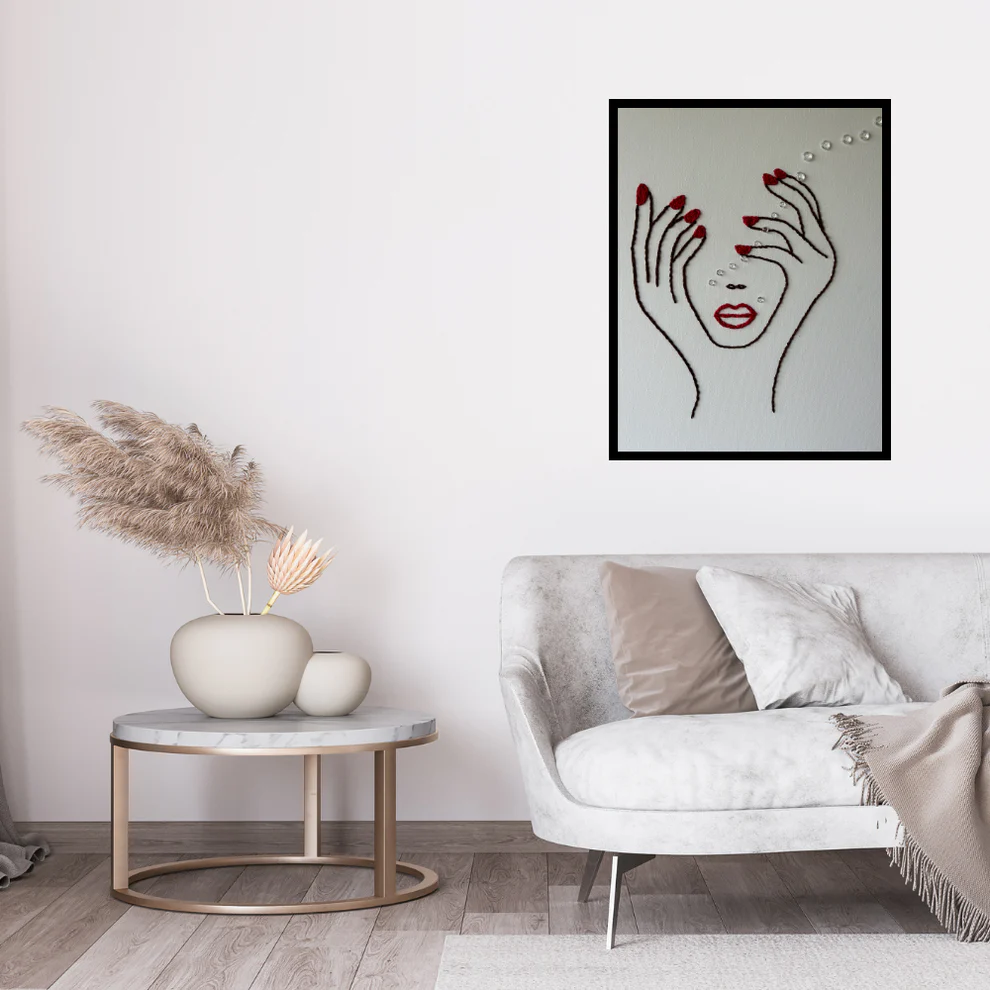
7 Needle Painting Techniques You Should Know
Share
Welcome to Marigold, your premier destination for exquisite wall art décor. As aficionados of aesthetics, we understand the allure of needle painting, a timeless craft that transforms fabric into captivating masterpieces.
In this blog post, we delve into seven essential needle art techniques that every enthusiast should master. Whether you're a novice or seasoned stitcher, these techniques will elevate your creations to new heights of beauty and intricacy.
Stippling
Stippling, the art of creating texture and shading through tiny dots, adds depth and dimension to your needlework. By varying the density and spacing of your stitches, you can achieve subtle gradations and realistic effects.
Furthermore, stippling allows for precise control over light and shadow, resulting in visually stunning compositions that captivate the eye.
Blending
Blending is the key to seamlessly transitioning between colors and creating smooth, gradient effects in your needle art. By gently intermingling different hues with delicate strokes, you can achieve a harmonious fusion of shades that mimics the softness of brushwork.
Additionally, mastering the art of blending enables you to imbue your creations with a sense of realism and depth, elevating them from mere fabric to works of art.
Outlining
Outlining serves as the framework for your needle art, defining shapes and contours with precision and clarity. Utilizing crisp, clean lines in a contrasting color enhances the visual impact of your design, allowing it to stand out against the background fabric.
Moreover, outlining provides structure and definition, guiding the viewer's gaze and accentuating intricate details within the composition.
Layering
Layering is the secret to building rich, multidimensional textures in your needle art. By strategically overlapping stitches of varying lengths and colors, you can create depth and complexity that draws the viewer in.
Furthermore, layering allows you to experiment with different techniques and materials, pushing the boundaries of traditional needlework and unleashing your creativity.
Satin Stitching
Satin stitching is prized for its smooth, glossy finish in creating bold, solid areas of color in your needle art. By laying down parallel rows of stitches side by side, you can achieve a lustrous sheen. This catches the light and adds visual interest to your design.
Additionally, satin stitching lends itself to a wide range of applications, from filling in large areas to outlining shapes with precision and flair.
French Knotting
French knotting adds tactile richness and intricate detail to your needlework painting, elevating it from ordinary to extraordinary. By wrapping the thread around the needle multiple times before securing it to the fabric, you can create tiny, three-dimensional knots that resemble miniature beads or pearls.
Furthermore, French knotting allows for endless creativity, as you can vary the size, spacing, and placement of the knots to achieve different effects and textures.
Backstitching
Backstitching is the backbone of your needle art, providing strength and stability while outlining shapes and adding fine details. By stitching backward to fill in gaps between stitches, you can create crisp, uninterrupted lines that enhance the clarity and definition of your design.
Additionally, backstitching enables you to add intricate embellishments and embellishments, such as flowers, vines, or lettering, to personalize your creations and make them truly unique.
Conclusion
In conclusion, needle painting is a versatile and rewarding art form that offers endless opportunities for creativity and self-expression. At Marigold, we celebrate the timeless beauty and craftsmanship of needlework. We offer a curated selection of premium wall art décor to elevate any space.
Whether you're a seasoned stitcher or a curious beginner, we invite you to explore the world of needlework painting. Let your imagination soar and your stitches sing as you master these seven essential techniques. Once you master these you'll be able create stunning works of art that inspire and enchant.
